

Gautam Sharma
4 Days Ago
Porsche is teasing tomorrow's car designs by tapping into its glorious back catalogue, this time focusing on the 356.

Senior Contributor
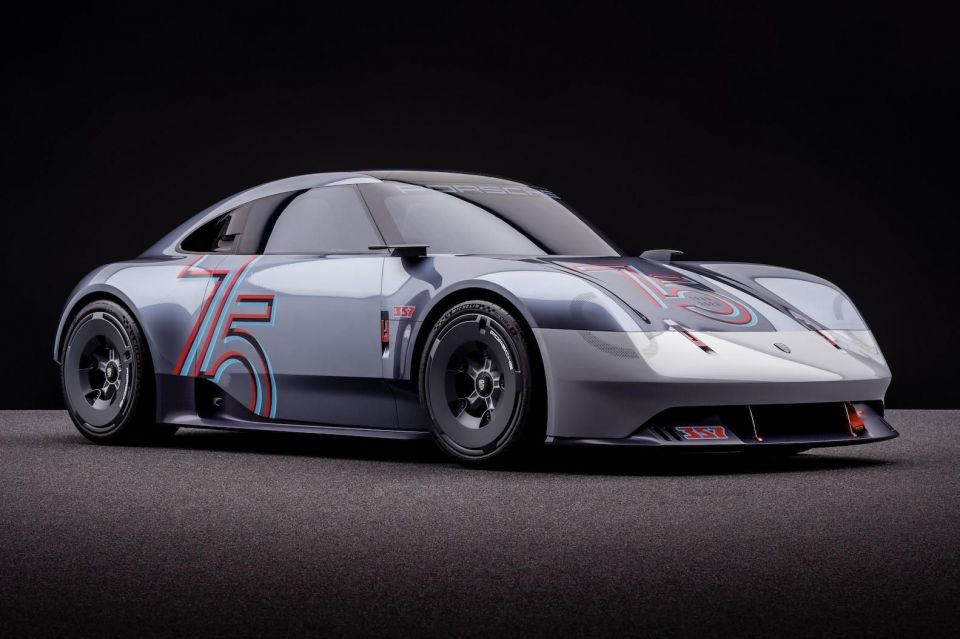

Senior Contributor
Legendary brand Porsche was born as we know it in 1948, when the 356 No. 1 Roadster earned its general operating permit.
The company has now given itself something of a birthday present with the Porsche Vision 357, a design study and homage that brings the 356’s “monolithic form into the present day”.
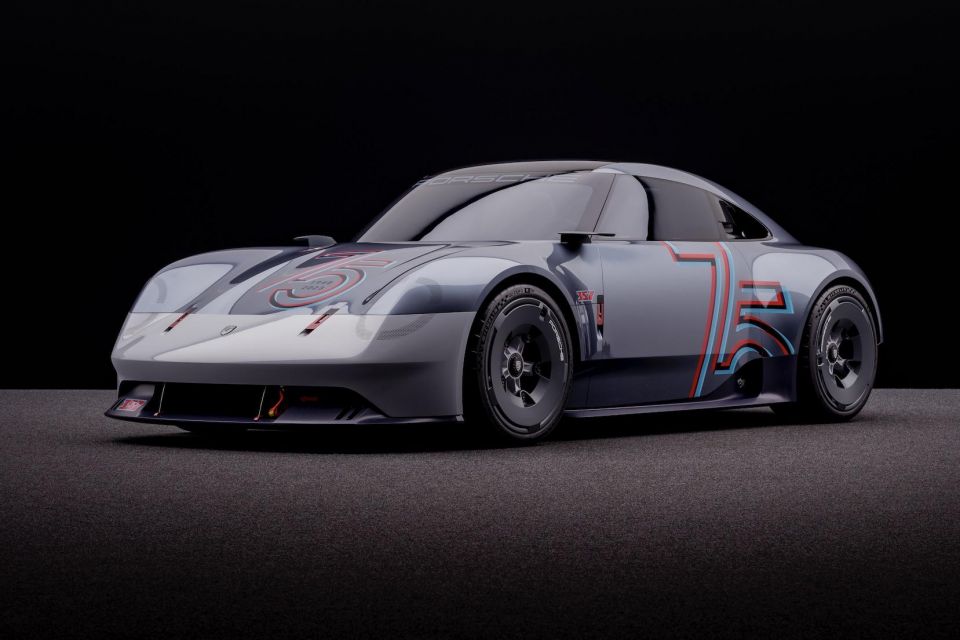
It also gives some clues as to what we might expect from future Porsche sports cars, though the Vision 357 is strictly a concept “liberated from the regulations that apply for implementation as a series model”.
The fundamental concept of the, er… concept, is to explore the interplay between tradition and innovation, and ponder what Ferry Porsche’s dream sports car might look like, were it launched today.

“We created a very special birthday present in the form of the Porsche Vision 357, one which uses the 356 as a basis to underscore the significance of our design DNA,” said vice president of design Michael Mauer.
“The concept car is an attempt to combine the past, present and future with coherency, featuring proportions that are reminiscent of its historical archetype and details that visualise the outlook for the future.”

According to Porsche, the Vision 357 – a physical vehicle that’ll be displayed during 2023 – is designed around the platform of the 368kW Porsche 718 Cayman GT4 RS – meaning it features a mid-mounted, naturally aspirated 4.0-litre boxer six designed for operation with e-fuels.
Wait, you mean it’s a concept car that isn’t a BEV? Indeed.
With its monolithic form, narrow passenger cell with an abruptly sloping flyline (tapering roof) and broad shoulders, the proportions of the Porsche Vision 357 evoke the 356. The A-pillars are black and visually unite the windscreen and side window surfaces.

There are cleverly hidden door handles, while other nods to the original include the grille pattern in the rear, into which the third brake light is integrated, and the round design of the headlights. There are also parallels in the paintwork’s silvery grey tones.
Porsche says the 20-inch wheels are made of lightweight magnesium with carbon-fibre hubcaps and locks, while the wrap-around jointless front bonnet is fastened with quick-release mechanisms.
Porsche also uses natural fibre-reinforced plastic as it did in the 2021 Mission R racing concept.
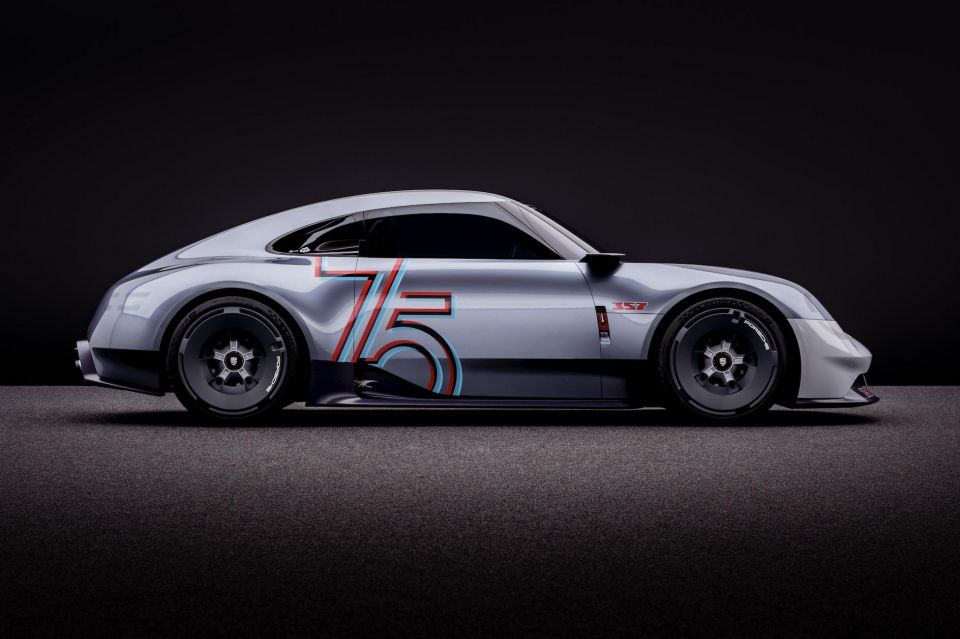

Instead of traditional exterior mirrors, the concept car is equipped with cameras on the edge of the roof to be more aerodynamic. The visible tailpipe trim in the rear is made of a bluish-looking titanium, while the inside of the tailpipe is ceramic.
Porsche is no stranger to a fun design study, another example being the 2018 Porsche Vision “Renndienst” – a sexy-looking van that took the company into new territory.

The 356 No. 1 Roadster was the very first car built by the Porsche brand: a two-seater with a multi-tubular frame and mid-mounted engine.
It went into series production as a coupe with a different frame and a 40ps (29kW) rear engine instead of the original mid-engine concept.

Porsche moved from Gmünd to Stuttgart at the end of 1949, and this is where greater series production began.
The sheet-steel bodies were manufactured by Reutter bodyworks while engine production began in Zuffenhausen in rented space– as Porsche Werk 1 was still occupied by the Allies.
Around 78,000 units of the Porsche 356 were built by 1965, available in a range of open- and closed-top body versions and various performance levels.
Take advantage of Australia's BIGGEST new car website to find a great deal on a Porsche.


Gautam Sharma
4 Days Ago
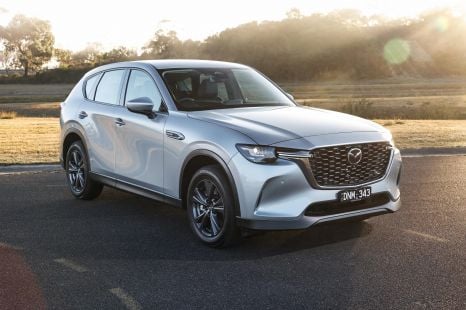

Josh Nevett
3 Days Ago
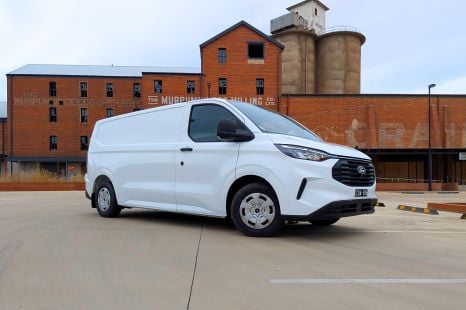

William Stopford
2 Days Ago
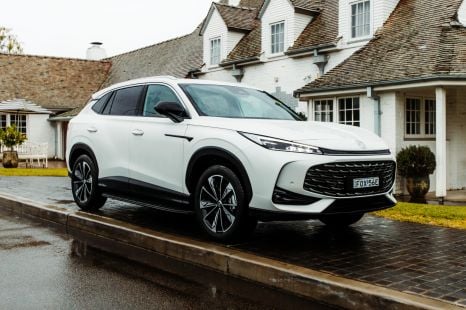

James Wong
23 Hours Ago
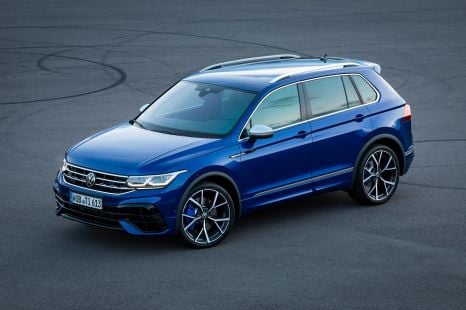

James Wong
21 Hours Ago
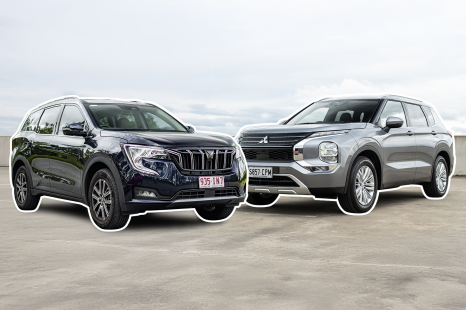

Andrew Maclean
12 Hours Ago